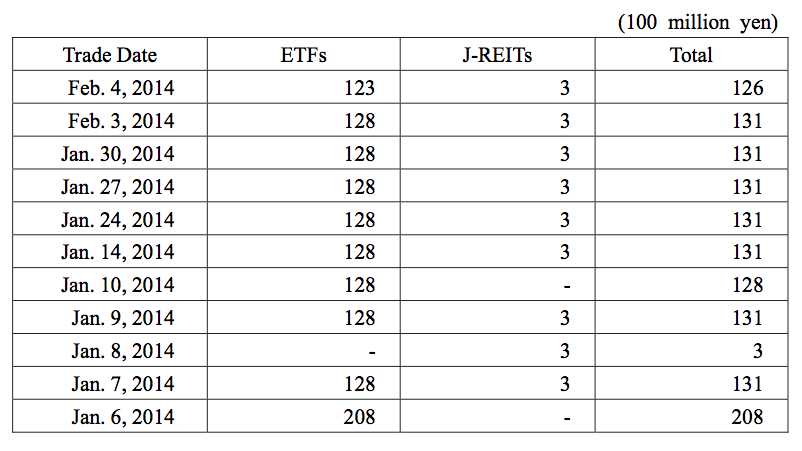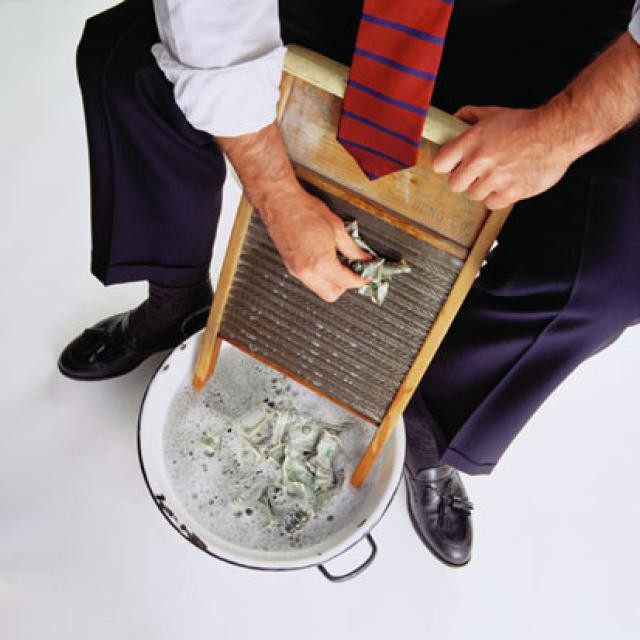The 6 Rules Every ETF Investor Must Know
Post on: 19 Май, 2015 No Comment

Table of Contents
I f you asked the average investor about exchange-traded funds 10 years ago, Id be willing to bet youd have received a lot of blank stares.
How times have changed.
Today, the buzz surrounding ETFs and their closed-end fund cousins is second to none. And for good reason.
From May 2003 through May 2008, the iShares MSCI Brazil Fund (NYSE: EWZ) returned nearly +1,000% — 974.5% to be exact.
Meanwhile, from the bear market low in March 2009 through March 2010, shares of the Cohen & Steers Quality Income Realty Fund (NYSE: RQI) have delivered an amazing +281.6% for its investors.
Roughly 390 funds currently deliver yields of at least 6% a year.
Returns of this type are truly special — and simply investing in any fund isnt a ticket to triple-digit returns or enormous yields. However, with the new markets being opened up by these jewels nearly every day, there are more opportunities than ever before to profit.
But how can I be so sure?
A Foremost Voice in Fund Investing
Because I know a thing or two about investing in funds and ETFs.
My name is Nathan Slaughter, and Ive been tracking the fund world for years. In fact, I write one of the most popular fund-investing advisories on the market — The ETF Authority .
My hope is that this course will show you just how you can use ETFs and also give you the base you need to become a successful fund investor.
To start, I want to give you a taste of just how much these gems have grown in popularity over the last few years.
Since the first ETF was made available to investors in 1993, the market for the funds has grown like kudzu.
They started out as plain-vanilla vehicles designed to track stock indices (examples include Standard & Poors Depositary Receipts (NYSE: SPY), which tracks the S&P 500). But over the past 15 years ETFs have blossomed into a wide-ranging universe of securities covering hundreds of exotic indexes, industry sectors, commodities, and foreign markets.
At the end of 2009, there were 797 ETFs in the U.S. Add in their 627 closed-end-fund-cousins, and you have a total of 1,424 funds. In other words, funds constitute 23% of the more than 6,113 names traded on the NYSE and Nasdaq. You are ignoring a huge pool of opportunities if you arent looking to these unique vehicles.
Not surprisingly, millions of investors are looking to these investor-friendly securities. In fact, ETFs are the fastest-growing segment of Wall Street. A total of 125 new ETFs debuted in 2009 — about one every other trading day.
And the money is following suit. At the end of 1999, global assets held in ETFs was less than $40 billion. Today, there is $777 billion (as of the end of 2009) in U.S. ETFs alone. and more than $1 trillion held in these vehicles around the world!
So What Are ETFs Anyway?
Exchange-traded funds are baskets of stocks, bonds or other securities that are divided up into many shares that you can buy and sell at any time during the trading day.

They are simple and transparent investment vehicles. For example, the Dow Diamonds ETF (AMEX: DIA) holds all 30 stocks in the Dow Jones Industrials Average and moves up and down from minute to minute, just like the Dow.
Meet Nathan
Nathan Slaughter has developed a long and successful track record over the years of finding profitable investments no matter where they hide.
Nathans previous experience includes a long tenure at AXA/Equitable Advisors. He also honed his research skills at Morgan Keegan, where he performed asset allocation, retirement planning, and consultative portfolio management services.
Several years ago Nathan switched gears and decided to devote his time exclusively to financial analysis and writing. He has since published hundreds of articles for a variety of prominent online and print outlets such as Fool.com and Forbes.
Today, Nathan focuses on the lucrative ETF sector, using his experience and research acumen to uncover the most profitable funds for his fund investing newsletter, The ETF Authority .
Nathans educational background includes NASD Series 6, 7, 63, & 65 certifications, as well as a degree in finance/investment management.
Whenever an investor purchases an ETF, he or she is basically investing in the performance of an underlying bundle of securities — usually those representing a particular index or sector.
Exchange-traded funds dont sell shares directly to investors. Instead, each ETFs sponsor issues large blocks (often of 50,000 shares or more) that are known as creation units. These units are then bought by an authorized participant — typically a market maker, specialist, or institutional investor — which obtains shares of the underlying securities and places them in a trust. The authorized participant then splits up these creation units into ETF shares — each of which represents a legal claim to a tiny fraction of the assets in the creation unit — and then sells them on a secondary market to individual investors.
To liquidate their holdings, most investors simply sell their ETF shares to other investors on the open market. However, it is possible to amass enough ETF shares to redeem them for one creation unit and then redeem the creation unit for the underlying securities. Because of the large number of shares involved, individual investors seldom use this option.
Now that you have a better understanding of the way ETFs work, its time to show you exactly how these tools can help you become a more profitable investor. My next section covers the amazing returns that can be seen from international ETFs. and even includes one of my favorite international picks for right now.














